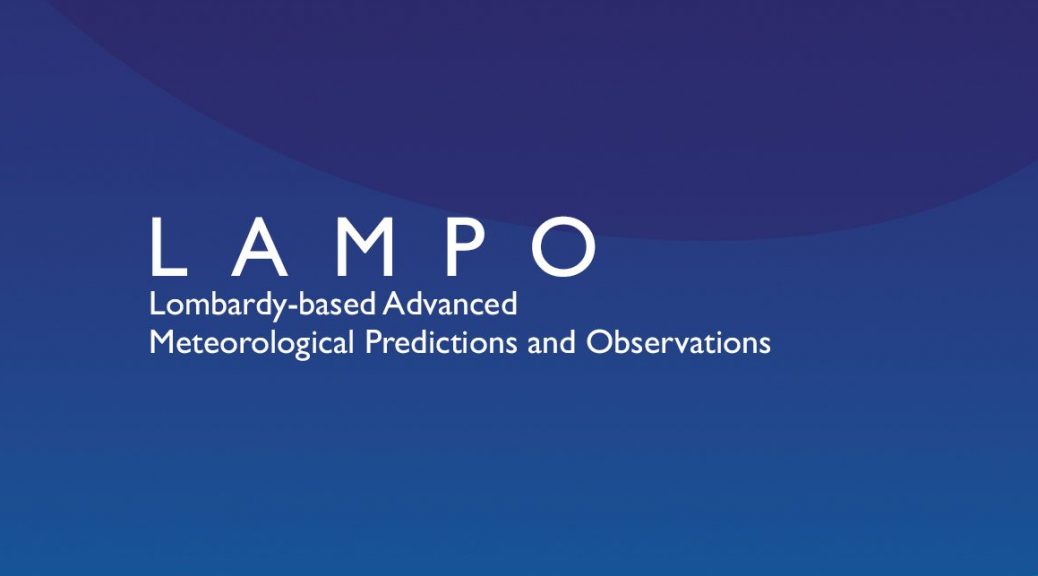The aim of the project LAMPO – Lombardy based Advanced Meteorological Predictions and Observations – is to improve the short-term forecasting of local heavy rains in the Seveso river catchment area by exploiting GPS/GNSS water vapor observations.
The challenge is to use low-cost GNSS instruments that will allow a large number of measuring stations to be installed. The data collected by those instruments will be processed by the goGPS software developed by GReD, a Politecnico spin-off, to derive observations of atmospheric water vapor, a key factor in the formation of storms. Thanks to a forecast model, developed within the project and based on neural network algorithms, early warnings will be formulated and directly used by ARPA Lombardia for civil protection purposes.
The project was launched in May 2018 and will last two years. From the early months of 2019, the GNSS monitoring units will be installed in an area including Milano, Como and Monza Brianza around the river Seveso. LAMPO is funded by Fondazione Cariplo and headed by Politecnico di Milano (GEOlab Geomatics and Earth Observation laboratory) in collaboration with ARPA Lombardia (Regional Agency for the Protection of the Environment), GReD, Fondazione Politecnico di Milano and Università di Padova – Geoscience department.

“We want our research to have a practical use for society. This will be the first time that such a system has been used to make forecast capable of predicting heavy rains. We hope that the use of GNSS for meteorological applications catches on also in Italy, as it has in other countries including Great Britain and Japan, and that more synergies can be created between regions to achieve an integrated and effective system.” – Giovanna Venuti, LAMPO Scientific Manager, Politecnico di Milano.
Press Review (download)
FINAL EVENT (September 30th 2021) (click here to select and download the presentations). Follow this link to view the recorded event.
